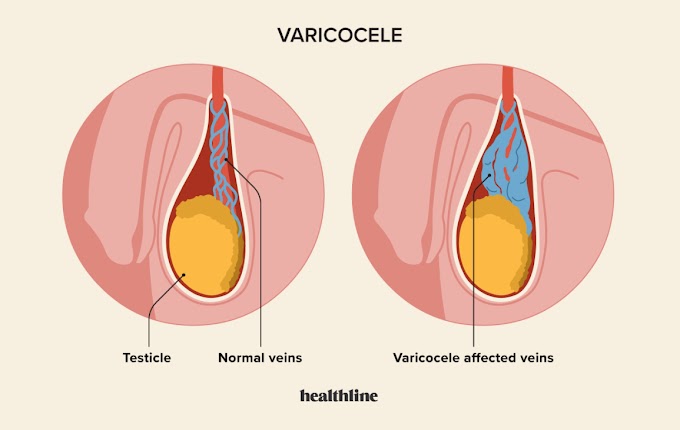Peripheral Artery Disease (PAD) is a common yet serious condition where arteries, particularly those in the legs, become narrowed or blocked due to plaque buildup. This condition can lead to significant pain, mobility issues, and even critical complications like limb ischemia. The advancements in medical technology have significantly enhanced the diagnosis and treatment of PAD, with interventional radiology playing a pivotal role. An interventional radiologist in Jaipur, such as Dr. Nikhil Bansal of EndovascularExpert, exemplifies the transformative impact of these advancements in patient care.
Understanding Peripheral Artery Disease
Peripheral Artery Disease occurs when fatty deposits, or plaques, build up in the arteries, restricting blood flow to the limbs. Symptoms often include leg pain, cramping, and difficulty walking, which can severely affect quality of life. If left untreated, PAD can progress to more serious conditions, including chronic wounds, infections, and in severe cases, the need for amputation.
The Role of Interventional Radiology in PAD
Interventional radiology is a subspecialty of radiology that utilizes imaging techniques like X-rays, CT scans, and MRI to guide minimally invasive procedures. This field has revolutionized the treatment of various conditions, including PAD, by offering alternatives to traditional surgery that are less invasive, reduce recovery time, and improve outcomes.
Techniques in Interventional Radiology for PAD
Several key techniques are employed by interventional radiologists in Jaipur and elsewhere to treat PAD effectively:
Angioplasty and Stenting: Angioplasty involves inserting a balloon catheter into the narrowed artery and inflating it to widen the vessel. A stent, which is a small mesh tube, may be placed to keep the artery open. This procedure restores blood flow, alleviating symptoms and preventing further complications.
Atherectomy: In this procedure, a catheter with a rotating blade or laser is used to remove plaque from the artery walls. Atherectomy is particularly useful in cases where angioplasty and stenting are not feasible or effective.
Thrombolysis: For patients with blood clots in the arteries, thrombolysis involves delivering clot-dissolving medication directly to the site of the clot through a catheter. This approach quickly restores blood flow and reduces the risk of long-term damage.
Drug-Eluting Stents and Balloons: These devices release medication that helps prevent restenosis, the re-narrowing of the artery after treatment. They offer an advanced option for maintaining long-term artery patency.
Innovations and Advancements
The field of interventional radiology is continuously evolving, with new technologies and techniques being developed to enhance the treatment of PAD. Dr. Nikhil Bansal, an interventional radiologist in Jaipur at EndovascularExpert, is at the forefront of these advancements, utilizing the latest innovations to improve patient outcomes.
Imaging Technology: High-resolution imaging technologies, such as intravascular ultrasound (IVUS) and optical coherence tomography (OCT), allow for precise visualization of the artery's interior. This level of detail enables more accurate diagnosis and targeted treatment.
Robotic-Assisted Procedures: The integration of robotics in interventional radiology has improved the precision and safety of procedures. Robotic systems assist in the placement of catheters and other instruments, reducing the risk of complications and enhancing procedural outcomes.
Biodegradable Stents: Unlike traditional metal stents, biodegradable stents are designed to dissolve over time, reducing the long-term risks associated with permanent implants. This innovation represents a significant step forward in PAD treatment.
Personalized Medicine: Advances in genetic and biomarker research are paving the way for personalized treatment plans. By understanding a patient's unique genetic makeup and disease characteristics, interventional radiologists can tailor therapies to achieve the best possible outcomes.
The Impact on Patients
The advancements in interventional radiology have profoundly impacted patients with PAD, offering numerous benefits over traditional surgical approaches:
Minimally Invasive: Interventional radiology procedures are typically performed through small incisions, reducing pain, scarring, and recovery time. Patients often return to normal activities much sooner compared to those who undergo open surgery.
Reduced Risk: The precision of image-guided techniques minimizes the risk of complications, such as infection and blood loss, leading to safer outcomes.
Improved Quality of Life: By effectively restoring blood flow and alleviating symptoms, interventional radiology significantly enhances the quality of life for patients with PAD. Mobility is restored, and the risk of severe complications, including amputation, is greatly diminished.
Cost-Effective: Minimally invasive procedures often result in shorter hospital stays and lower overall healthcare costs, making them a cost-effective option for patients and healthcare systems.
Conclusion
The power of interventional radiology in treating Peripheral Artery Disease cannot be overstated. Through innovative, minimally invasive techniques, interventional radiologists like Dr. Nikhil Bansal at EndovascularExpert in Jaipur are transforming the landscape of PAD treatment. These advancements not only improve patient outcomes but also enhance their quality of life, offering hope and healing to those affected by this challenging condition. As technology continues to evolve, the future of PAD treatment looks brighter than ever, driven by the expertise and dedication of interventional radiologists worldwide.





0 Comments